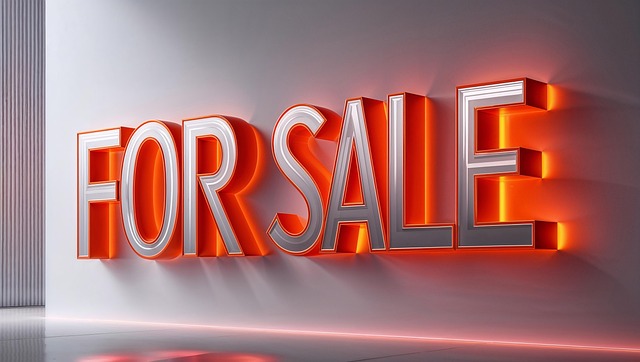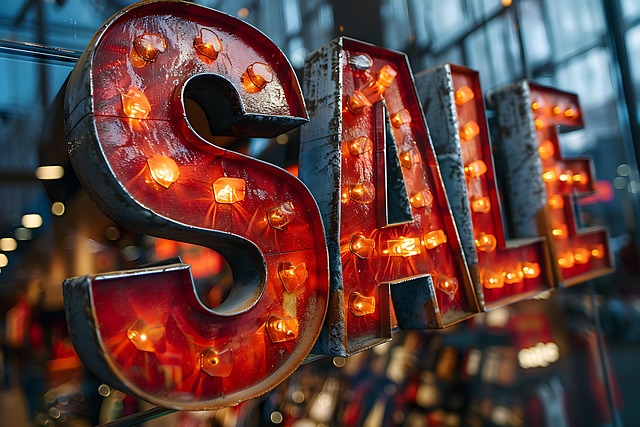This article explores how pricing psychology affects consumer purchasing decisions through concepts such as charm pricing, perceived value, and the decoy effect. It highlights how leading companies apply these techniques to guide customer behavior and provides practical tips for entrepreneurs, startups, and digital service providers. Pricing is not just about numbers—it is a strategic tool for building a strong brand and driving sales.
Introduction
Have you ever wondered why a price of $9.99 feels more attractive than $10? Or why a higher-priced product often seems better, even before you try it? If you are launching a new project or currently marketing your products or services, understanding pricing psychology is not a luxury—it’s a necessity.
In this article, we’ll take a closer look at the psychology of pricing and how you can use it to your advantage as an entrepreneur or marketer. We will examine concepts like perceived value and the decoy effect, while also providing real-life examples that show how prices influence people’s emotions and purchasing decisions.
What Is Pricing Psychology?
Pricing psychology is the study of how the numbers themselves affect consumer behavior, regardless of the product’s actual value. People don’t make purchasing decisions based solely on logic—emotions also play a major role, and the way a price is presented can significantly influence perception.
Take this simple example: the difference between $9.99 and $10 is only one cent, yet the psychological impact is significant. The brain sees the first digit and interprets it as cheaper: “Nine? That’s a better deal!”—and the purchase decision is made.
Why Do We Gravitate Toward Prices Ending in 9?
This strategy is known as charm pricing. Prices ending in .99 trigger the subconscious to believe the product is much cheaper than it really is. That’s why you’ll see:
- $9.99
- $19.99
- $99.99
everywhere—from e-commerce websites to your local supermarket.
Do Higher Prices Make Products Seem Better?
Yes—this is called perceived value. Many people associate higher prices with higher quality, even when that assumption isn’t always true.
A simple example: you buy two types of ice cream, one priced at $2.99 and the other at $5.99. The second one feels tastier—or at least, that’s what you perceive! Why? Because the higher price gives the impression of premium quality.
How Do Big Companies Use Pricing Psychology?
Global companies invest heavily in smart pricing models. For example:
- Fast food chains often offer a meal bundle that costs only slightly more than buying one item alone. Customers end up paying more overall, yet feel they are saving money.
- Apple carefully designs its pricing to steer customers toward specific choices. This is the decoy effect, where one unattractive option makes another option look more appealing—guiding you to buy the product the company wants you to choose.
How to Apply Pricing Psychology in Your Business
Whether you sell products, digital services, or subscriptions, ask yourself:
- Does my price end with a 9?
- Do I offer a “middle option” that makes the choice I prefer seem more reasonable?
- Can I create bundles that make the customer feel like they’re getting more for their money?
Example: Instead of pricing a design service at $100, try offering a bundle like:
“Design + 2 Revisions + Express Delivery = $99.”
The customer sees added value, while the price feels more attractive.
Discover common mistakes when starting your company abroad and how to avoid them.
When Should You Start Thinking About Pricing?
The answer: right away.
Smart pricing is a critical part of building your brand. It not only determines profit margins but also shapes how customers perceive your business.
For instance, one entrepreneur launched a luxury perfume line but priced it too cheaply. Sales were low because the price sent the wrong signal—customers assumed the product wasn’t high-end. After raising the price and redesigning the packaging to look more premium, sales skyrocketed.
What Message Does Your Price Send?
Pricing is not just a number—it’s a form of communication.
If you are an entrepreneur or planning to launch soon, think of your price as a way to reflect your brand identity:
- Do you want customers to see you as a professional expert?
- Do you want them to feel your product or service is worth the investment?
- Do you want to be remembered for offering strong value at a fair price?
Set your prices to express these messages, and let pricing psychology help you build lasting relationships with your customers.
Frequently Asked Questions
1. What’s the difference between traditional pricing and psychological pricing?
Traditional pricing is based on costs and profit margins, while psychological pricing focuses on the emotional and cognitive impact of price on buying decisions.
2. Why are prices ending in 9 more effective?
Because they subconsciously signal a bargain, making customers feel they are getting a better deal.
3. What is the decoy effect in pricing?
It’s the strategy of introducing an unattractive option to make another option look more appealing—nudging consumers toward the desired choice.
4. Does raising prices always increase sales?
Not always, but higher prices can raise perceived value if supported by strong branding, design, and positioning.
5. How can digital services be priced using psychology?
By offering tiered packages with added value, using prices ending in .99, and structuring options so the main package looks like the most logical choice.
6. When should entrepreneurs plan their pricing strategy?
From the very beginning, since pricing influences brand perception and purchasing behavior from day one.
Conclusion: Pricing is more than just setting numbers—it’s a powerful psychological tool that can shape how customers view your brand, influence their decisions, and ultimately grow your business.

BY Amjad Khaddam




